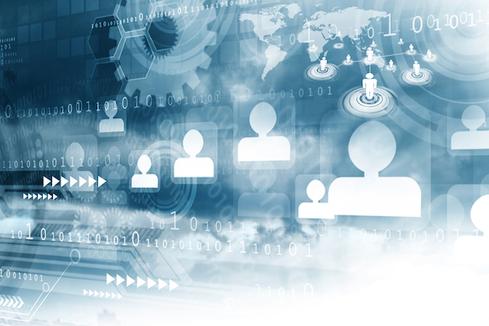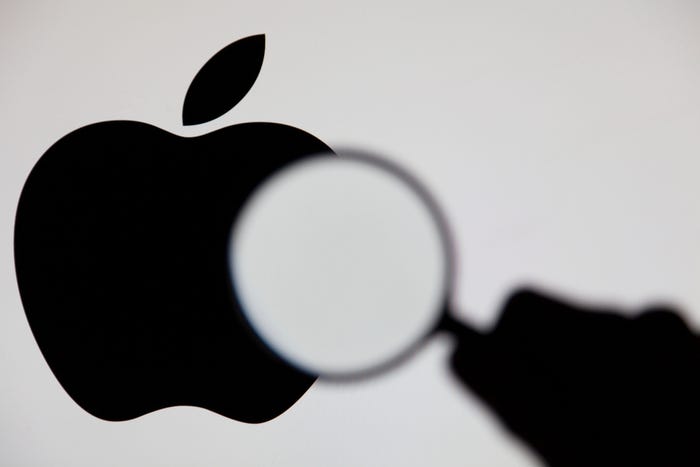One employee under reconnaissance by cyberattackers can put your whole business at risk. Where are they being targeted, and what should they know?

Cybercriminals are testing the strength of your organization's defensive wall, looking for the one crack they need to launch their attacks. Oftentimes that flaw isn't a "what," but a "who."
Employees only need to download a bad attachment, click a malicious link, or give attackers one piece of information they need to break in. Security is a business-wide responsibility.
"Companies need to realize if their employees are picking up the phone and answering emails, they are making security decisions every day that can affect the company," says Michele Fincher, COO for Social-Engineer, Inc. "They don't realize how many good decisions employees need to make to be secure."
Addressing the importance of security during annual training sessions isn't enough, says Fincher. "If you only talk about it once a year, you're doing the staff a grave disservice."
Social engineering attacks also make it harder to differentiate legitimate from malicious activity. In the past, cybercriminals needed more technical skills to launch attacks. These days, they can wreak havoc with social network browsing, phone calls, and emails. They can conduct surveillance without raising red flags.
As Social-Engineer, Inc. CEO Chris Hadnagy explains, "There's no bar for entry for an attacker."
Here are seven common strategies attackers use to target employees. Share these with your teams to inform them of today's dangers and where hackers may be hiding.
About the Author(s)
You May Also Like
The fuel in the new AI race: Data
April 23, 2024Securing Code in the Age of AI
April 24, 2024Beyond Spam Filters and Firewalls: Preventing Business Email Compromises in the Modern Enterprise
April 30, 2024Key Findings from the State of AppSec Report 2024
May 7, 2024Is AI Identifying Threats to Your Network?
May 14, 2024
Black Hat USA - August 3-8 - Learn More
August 3, 2024Cybersecurity's Hottest New Technologies: What You Need To Know
March 21, 2024




